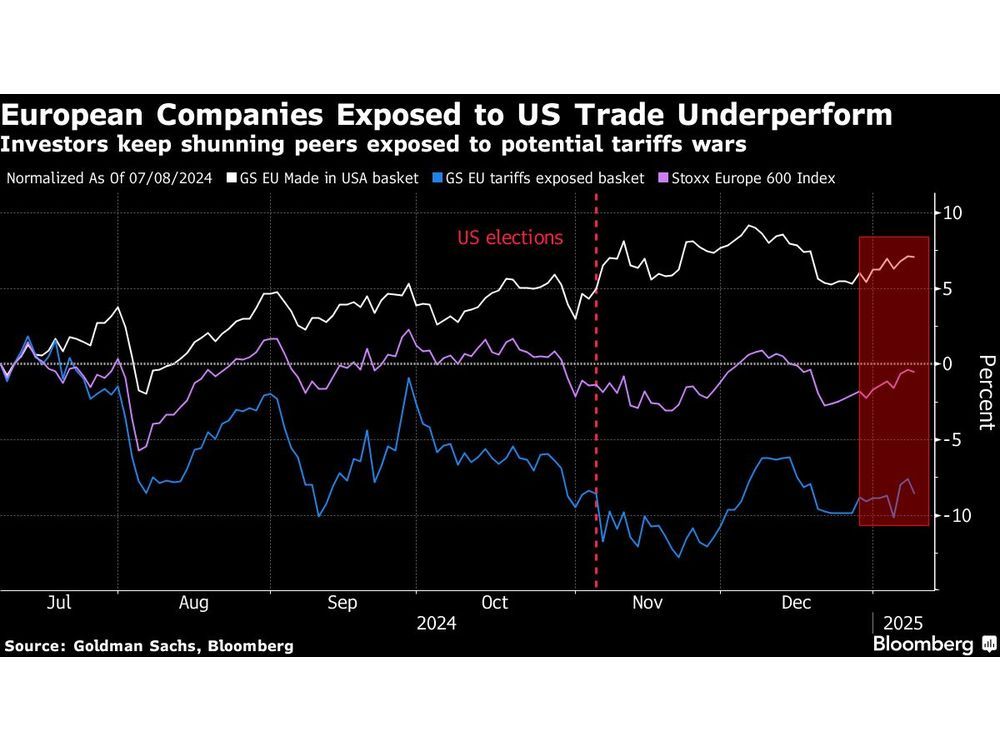Interest rate swaps are a primary type of hedging methods used by participants to mitigate their risks. With these swap contracts, participants can exchange their interest payments with another party to receive favourable terms in the future. There are several types of interest rate swaps that participants can use for that purpose.
The most prevalent type of interest rate swaps includes exchanging floating and fixed interest payments. This way, one party gets to pay fixed interests, which are more secure and involves lower risks. If the interest rates in the market increase, the party responsible for fixed interest payments will be at an advantage. In contrast, the party with the floating rate interest payments can also benefit. However, the interest rates in the market must go down for that to happen.
Interest rate swaps are complicated contracts. It is because each participant assumes responsibility for the other party’s interest payments. However, the debtholder is ultimately responsible for their own interest payments. The tax treatment for interest rate swaps can also be an area of confusion for both the involved parties.
What is a Notional Principal Contract?
Under the taxation rules, interest rate swaps fall under notional price contracts. It is a term of art used by US federal income tax professionals. Notional price contracts describe contracts based on an underlying notional amount. In these contracts, neither party actually holds the property that comprises the underlying amount.
As mentioned, with interest rate swaps, each party is ultimately responsible for its own debt payments. However, one party pays the other an amount after each period depending on the underlying notional amount. They do so by multiplying a floating and a fixed rate with the other party’s principal amount. For this reason, interest rate swaps fall under notional principal contracts.
What is Interest Rate Swap tax treatment?
The tax treatment of interest rate swaps is the same as notional price contracts. Any party involved in these contracts must recognize any amount under a swap contract in accordance with the rules governing the recognition of such payments. It may go against or override the party’s usual method of accounting for federal income tax purposes.
Any party that receives an amount under interest rate swaps must recognize it as ordinary income. These amounts do not constitute capital gains for federal tax purposes. The source of this income is the residence of the recipient. For the party making the periodic payments under an interest rate swap, these payments constitute deductible expenses.
Notional principal contracts may also come with nonperiodic payments, which are different from periodic payments. These payments are recognized over the term of a contract in a manner that reflects the contract’s economic substance. Each party must also treat nonperiodic payments as ordinary income or expense.
Lastly, some notional principal contracts may have terminational payments associated with them. For these payments, each party must recognize a capital gain or loss if the contract is a capital asset for the taxpayer. Each party must recognize any termination payments in the year of the extinguishment, assignment, or exchange.
What is the tax treatment of Notional Principal Contracts?
It is crucial to understand the tax treatment of notional principal contracts since it relates to interest rate swaps. These contracts represent a hedging strategy that involves derivatives. For the tax treatment for these contracts, several factors are critical. These primarily include the size and nature of the swap transaction compared to the entity’s activity.
One of the crucial factors impacting the tax treatment of swaps under notional principal contracts is periodic and nonperiodic payments. Therefore, it is critical to consider both individually.
Periodic payments
Periodic payments include notional principal contract payments occurring within one year or less during the contract term. Taxpayers must recognize these payments ratably on a daily basis for each tax year. However, these payments do not cause a capital gain or loss. The primary reason for this treatment is that these contracts do not involve a sale or exchange.
Nonperiodic payments
Nonperiodic payments include notional principal contracts that do not fall under the former category. Similarly, it also excludes termination payments. The swap tax treatment often falls within this category due to its timing. A taxpayer must recognize these payments over the contract term while reflecting their economic substance. These payments also include premiums for caps and floors.
Unlike periodic payments, nonperiodic payments qualify as ordinary income or deductions. However, it is also crucial to exclude termination payments from this category.
Termination payments
Termination payments occur to extinguish the rights of parties within a notional principal contract. It also includes the last payment in a periodic payment contract when settling at maturity. Some swap contracts also fall within this category. Taxpayers must recognize a capital gain or loss on these payments if the contract qualifies as their capital asset.
Which items are excluded from the Notional Principal Contracts tax treatment?
The IRS provides specific guidance on the financial instruments that do not fall under the definition of notional principal contracts. Although they may seem a part of these contracts, these items do not follow the same tax treatment. The IRS includes these items under Section 1256 contracts. These include forward contracts, futures contracts, options, and other similar financial instruments.
The IRS limits the items that fall into the definition of Section 1256 contracts. As per the IRS, these contracts include any of the following.
- Dealer equity option
- Dealer securities futures contract
- Foreign currency contract
- Non-equity option, or
- Regulated futures contract
For Section 1256 contracts, the taxpayer must treat it as sold for its market value at the end of each tax year. Although the taxpayer owns those contracts at the time, this treatment will still apply. The IRS requires taxpayers to treat any gains or losses resulting from this treatment as short- or long-term capital gains. These gains and losses go on Form 6781.
How to report Swap transactions?
Swap transactions become an ordinary gain or loss, as mentioned above. Therefore, they go in Form 1040. Taxpayers can also report swaps in summary form for realized gains and losses. For taxpayers with a trader tax status, Form 4797 Part II replaces Form 1040.
Conclusion
Interest rate swaps allow participants to exchange their interest payments with another party. For taxation purposes, interest rate swaps meet the definition of notional principal contracts. Therefore, the taxation treatments for interest rate swaps are the same as notional principal contracts.
Further questions
What's your question? Ask it in the discussion forum
Have an answer to the questions below? Post it here or in the forum



